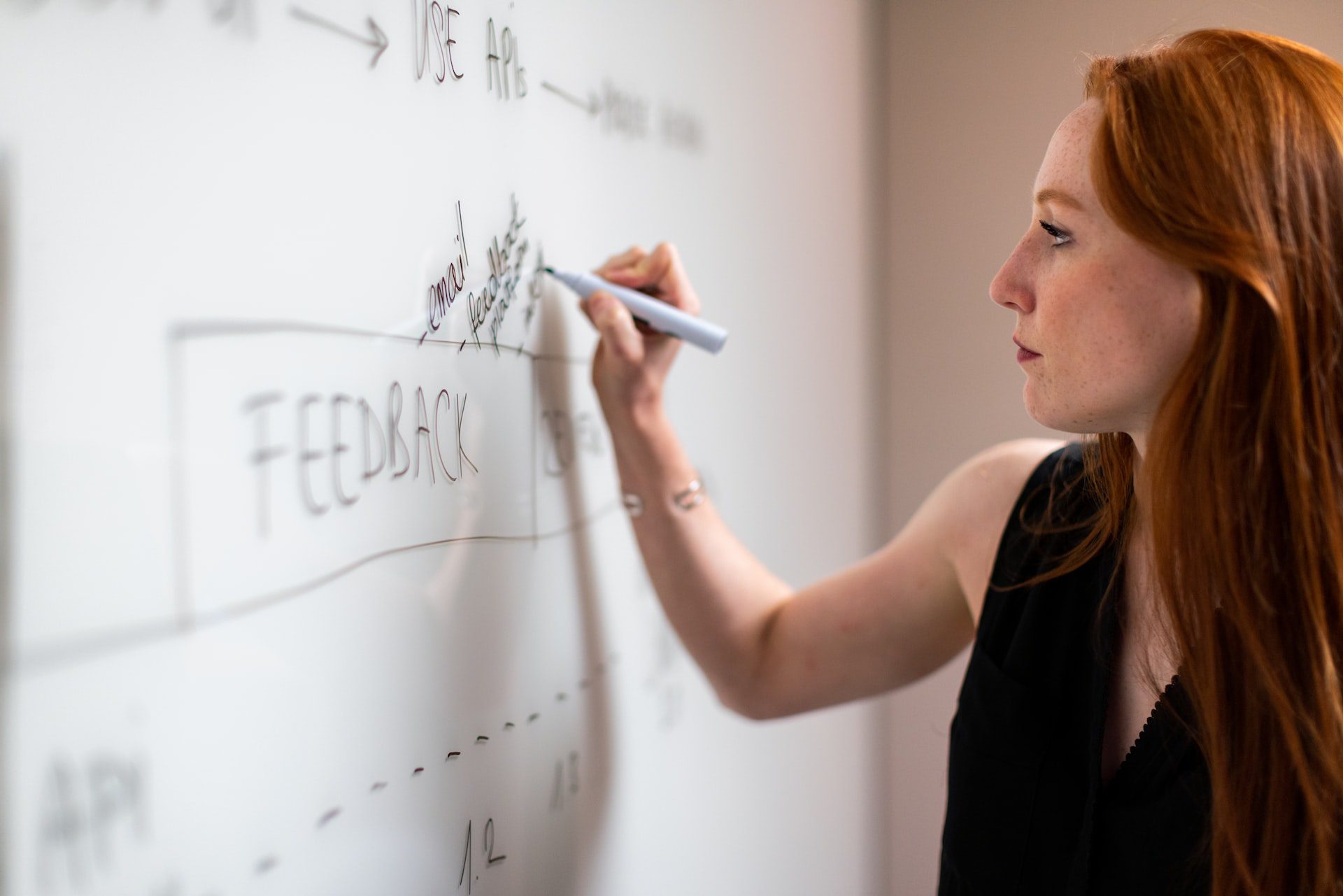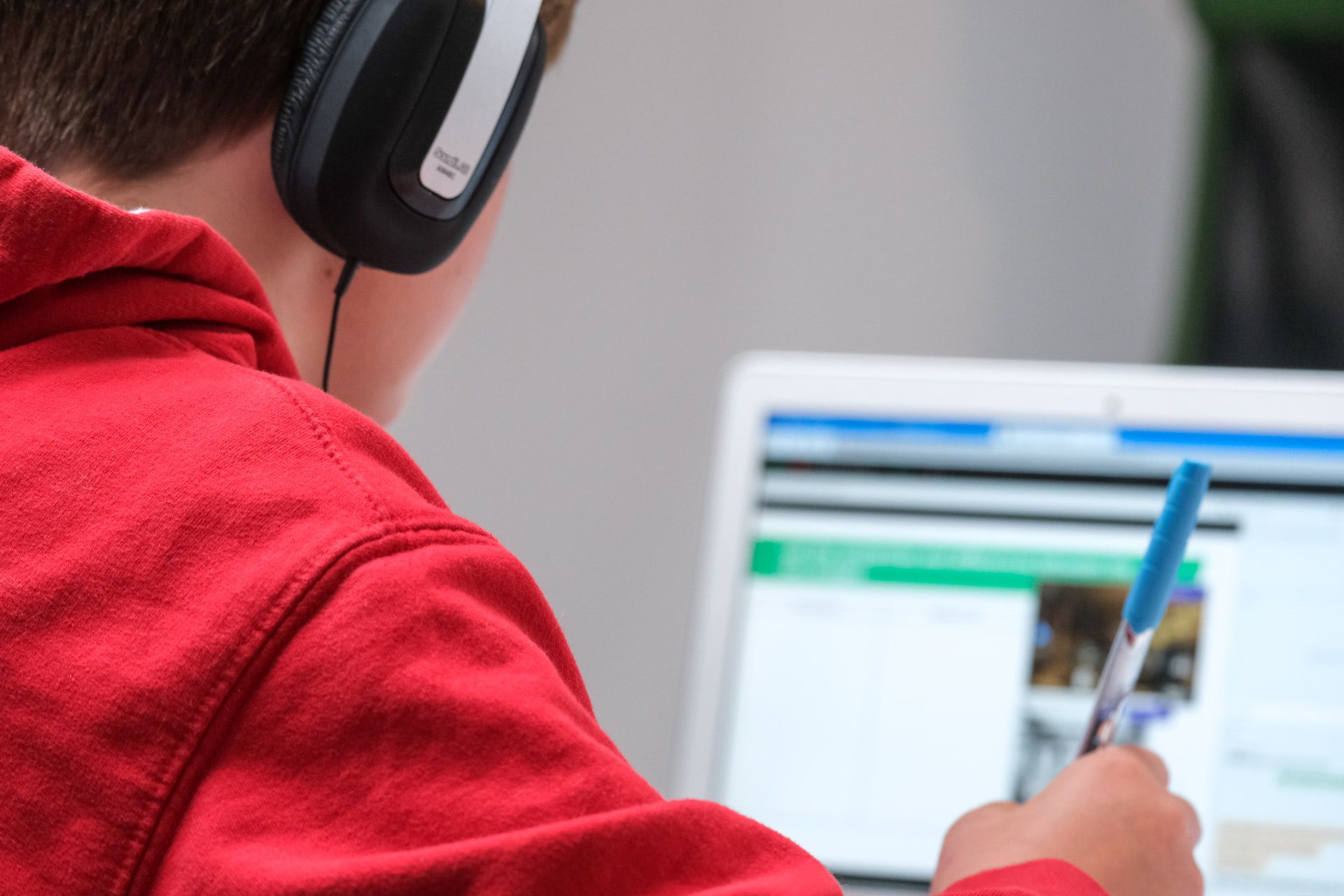|
|
The Feynman technique is a method of learning that was created by Richard Feynman, the renowned Nobel prize winning physicist. The technique was founded on the idea that if you are unable to explain something in uncomplicated language, then you don’t have a deep understanding of it.
The technique has 4 basic steps.
1) Research the subject you want to learn about.
2) Teach it to somebody else using simple language.
3) Identify the gaps in your understanding.
4) Go back and fill in the gaps in your knowledge.
By breaking a subject down into simple, manageable steps and then working through those steps, you can build up a greater understanding of the subject. This technique can be used to learn anything, even complex subjects, easily.
Read on to find out how to use the Feynman technique to learn anything!
How to Use the Feynman Technique to Learn Anything
The Feynman Technique is a powerful learning tool that can help you understand any topic. Here’s how to use it:
1. First start by picking and researching the topic you want to learn about.
Begin by choosing a subject to begin studying. This technique is ideal for educational subjects but works well for nearly any topic. Just write down all you know about the subject on a piece of paper. Break it down into its major parts and be as comprehensive as you can.
2. Next, using simple language, explain it to someone with no knowledge on the topic.
Now you need to teach it to someone else. The Feynman technique works well if you can find someone to practise this step with, but if this is not practical you can get the same effect by pretending to explain the subject to a 5-year-old. The key here is to explain the topic as simply and clearly as possible.
3. Find out where the gaps in your understanding are.
When you’re explaining the topic, what parts tripped you up or were a little fuzzy? If you were teaching a real person, did they have any questions for you? Write these down or make a mental note of them.
4. Research to learn the information you are missing.
Go back and research any concepts you are unclear on, and then try explaining the material again.
If required, repeat this process until you can explain the topic simply and concisely without any hesitation.
The Benefits of Using the Feynman Technique
The main benefit of using the Feynman technique is that it forces you to really understand a subject at a deep level. When you break something down to its individual, basic parts, you can’t help but learn more about how it works and why it’s important.
Another benefit is that it can help you to learn more effectively by utilizing active learning. Active learning is a form of learning that involves the learner taking an active role in the learning process.
Some people really struggle being taught information by others. With this technique and taking the time to explain things in your own words, you are effectively “teaching” yourself the material, which can lead to better comprehension and retention.
What Makes the Feynman Technique Different to other Learning Methods
Other methods of learning can help you remember facts and figures but don’t help you gain a deeper understanding of the subject you are studying.
The Feynman Technique is excellent at increasing understanding of even very complex subjects. Not only does it help learn you new ideas, but it also helps you gain a thorough understanding of what you’re learning.
This can help improve your capacity for critical thinking, allowing you to clarify complicated topics in simpler terms. This can spill over into everyday problem solving, leaving you better equipped to approach situations with logic, consideration, and rationality.
It also helps you become a better teacher, enabling you to share what you know with others.

Teaching the Feynman Technique to your Family
After discovering for yourself how the Feynman technique works so well to improve study and learning skills you may want to consider passing your knowledge on to your children.
Children who are taught this method at an early age may find it easier to navigate the school system, study, and graduate, continuing in life to be successful in their chosen career path.
This technique can be taught to children in a modified, stripped back and age-appropriate way. Many involved parents may find they are already practicing some form of this method without even knowing!
Here’s how it works.
- First find a subject that your child is interested in. If they are passionate about the topic, they will be more motivated to learn.
- Once they have chosen a subject, teach it to the child as if they know nothing about it.
- After teaching the concept, ask your child questions to gauge their understanding.
- If they don’t understand something, take the time to go back and explain it again.
A great practical example would be teaching a small child how to make a sandwich. First show your child how to make a sandwich, and then give them the ingredients to make one themselves. As they make the sandwich you will be there if they run into any problems, which is when you can step in and reinforce the correct way to do it.
This is a clear example of the Feynman technique modified to suit a small child.
First choosing a topic – Teaching them the topic – Finding gaps in their understanding – Then filling in the gaps in their information.
Good Teachers are Probably Already Using a Version of the Feynman Technique.
Think back to your favourite schoolteacher. It probably wasn’t the one who sat at their desk reciting words from a textbook to a room of bored kids. It was probably the teacher who had enthusiasm and a deep understanding of the subject matter they taught. They would have enjoyed breaking down complex concepts and making them understandable for students of all abilities.
It’s unlikely that this teacher knew they were practising aspects of the Feynman technique, but they definitely knew what it took to engage and train the minds of their students. This method is exactly what the Feynman technique draws from and what you can use to improve your own children’s knowledge.
Some Very Successful People use the Feynman Technique.
Richard Feynman, who created this method, used it to help himself in understanding physics and quantum mechanics. He went on to win a Nobel prize for his work and was well known for teaching these topics in a clear and informative way.
Increasing numbers of people have turned to his method to improve their learning and comprehension. In fact, there are several high-profile people who have spoken about how they use the Feynman technique to improve their learning.
One of the most famous people who has used the Feynman technique is Elon Musk. Musk is the founder of Tesla and SpaceX, and he is well known for his impressive work ethic and ability to learn new things quickly. In an interview, Musk said that he uses the Feynman technique when he needs to learn something new for his work. He explained that he would start by trying to explain the concept to someone else, which would help him identify any gaps in his understanding.
Bill Gates has also expressed praise for the learning method. In an interview with Business Insider, Gates said the following about the Feynman technique:
“I think the Feynman technique is really powerful… When you try to explain something to somebody else, and you can’t, that’s when you really understand where your own understanding is fuzzy.
If you were wondering whether your chosen area of study was too complex to benefit from the technique, then think again. It’s certainly hard to deny the effectiveness of this method when so many great minds both use and praise its power.
The beauty of the Feynman technique is that it can be used by nearly everyone. It is equally at home in helping people learn complicated or simple topics and is a valuable learning skill that most people would benefit in knowing.

The Feynman Technique is Great for All Learning Styles.
One of the best things about the Feynman technique is that it can be customized to fit any learning style.
If you are a visual learner, you won’t do well with lots of text and lists of facts. This technique should work equally well for you if you draw diagrams to help you understand the concept better.
Auditory learners might prefer to record themselves explaining the concept out loud. And if you are a kinesthetic learner, you might build models or use other hands-on methods to learn the material.
The key to the Feynman technique is to keep it simple. If you follow the four basic steps, you should see success regardless of your learning style.
How to Use the Feynman Technique in Everyday Life
The Feynman Technique is a useful learning skill that can be used to increase understanding of any subject, but it can be used in everyday life situations too.
Here are three tips on how to use aspects of the Feynman Technique in general terms to improve day to day life:
- Try to understand the basics of an idea or situation before moving on to more difficult concepts.
This can allow you to approach anything with a solid foundation to build on and increase logical and rational thought patterns.
For example: You might see an inflammatory news article posted online. Instead of giving in to your gut reaction, try taking the time to do a little research to find out more about the basics of the situation before commenting. - Practice, practice, practice. A key part of the Feynman Technique is practicing what you have learned, and this holds true for every skill. You aren’t going to become an expert on anything without practicing. Algebra, coding, dancing, or cake baking, whatever it is you must practice to become proficient at it.
- Explain things in your own words.
You will always come across as more knowledgeable and informative if you put ideas into your own words and keep it simple.
This will allow you to relate to and converse with a wide range of people while getting your point across easily.
When you get used to using your own words to explain concepts simply, you’ll notice when others are covering their lack of knowledge with big words and complex language.
Just ask them to explain again with simple language. If they can’t, it indicates a lack of deeper understanding on the topic.
It will quickly become clear just how many people in your life aren’t as knowledgeable as they seem.

Is There any Reason NOT to use the Feynman Technique
There are some reasons why the Feynman technique may not work for some people.
- Because there are multiple stages of fact finding and researching, this technique may not be a good method for those with significant learning difficulties.
- It can be difficult to find someone who is willing to listen to your explanations and provide feedback. The alternative option of pretending to explain to a 5-year-old child is a great one but may not work for a small number of people.
- Lastly, the Feynman technique may not be suitable for all topics or subjects. For example, if you are trying to learn about a topic that requires a lot of detailed memorization, the Feynman technique may not be the best option as it relies on simplified language.
The Feynman Technique is Great Method to Learn Nearly Anything
To learn anything effectively, it is important to have a strong understanding of the material. The Feynman technique is a great way to ensure that you have a deep understanding of the subject matter.
If you follow these steps, you’ll be able to learn nearly anything – no matter how difficult it may seem at first.












